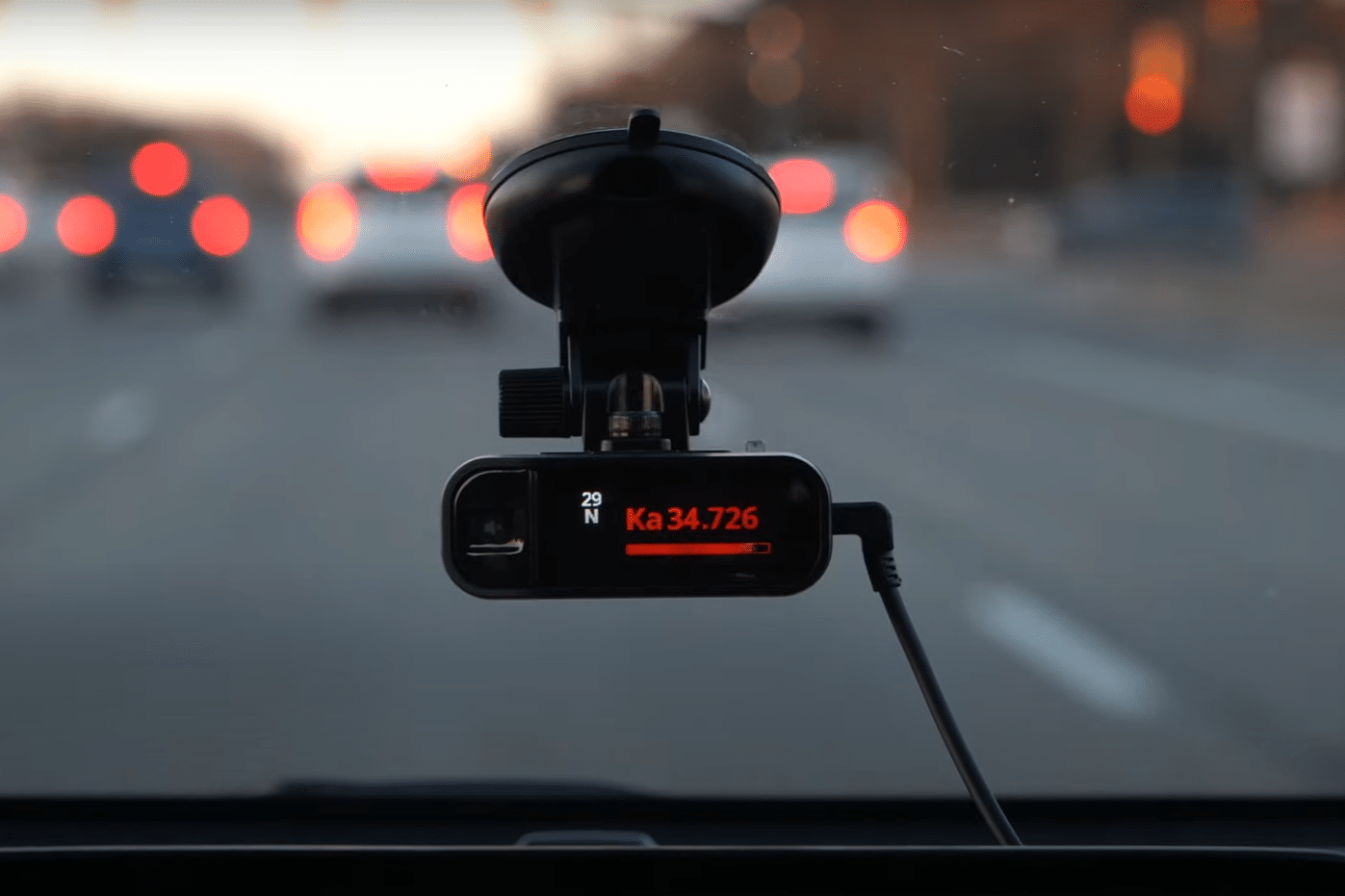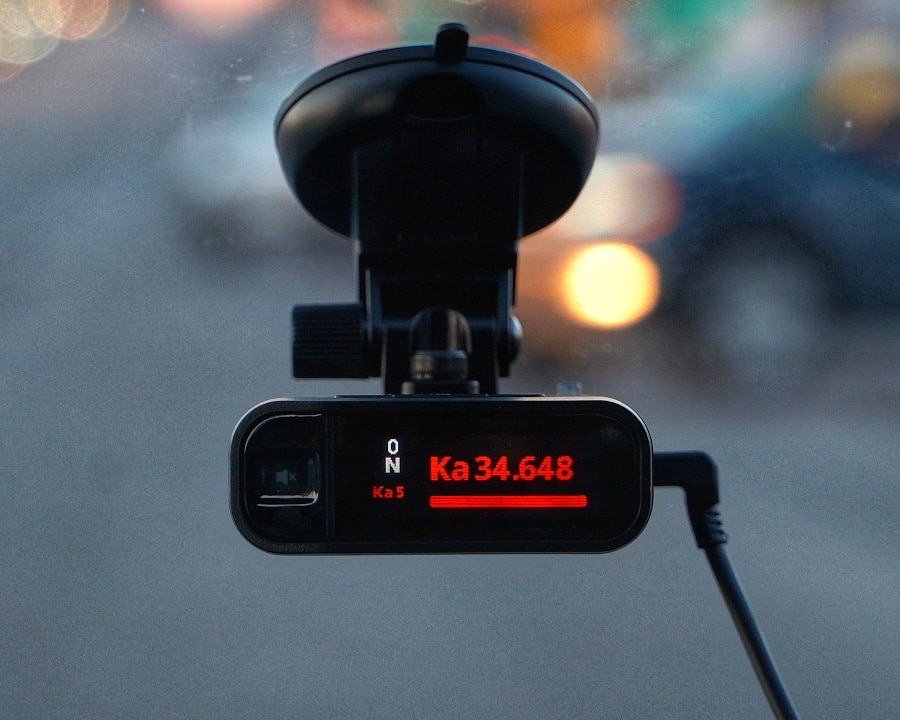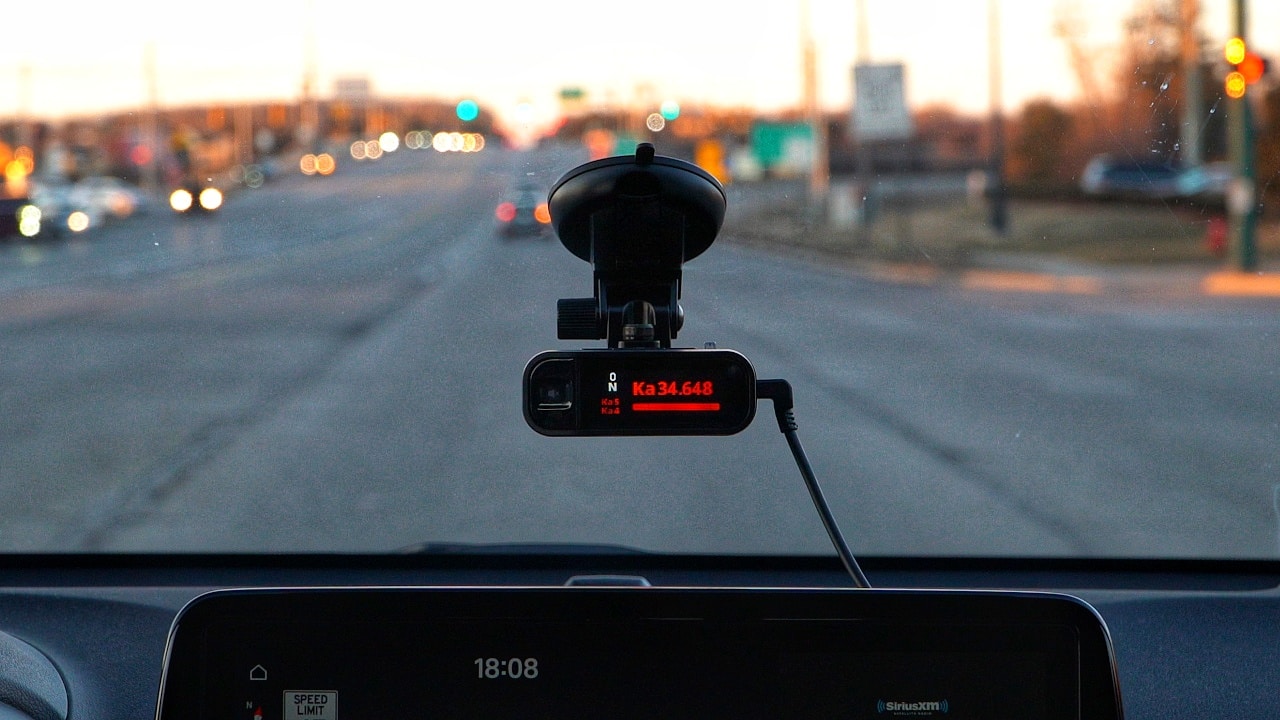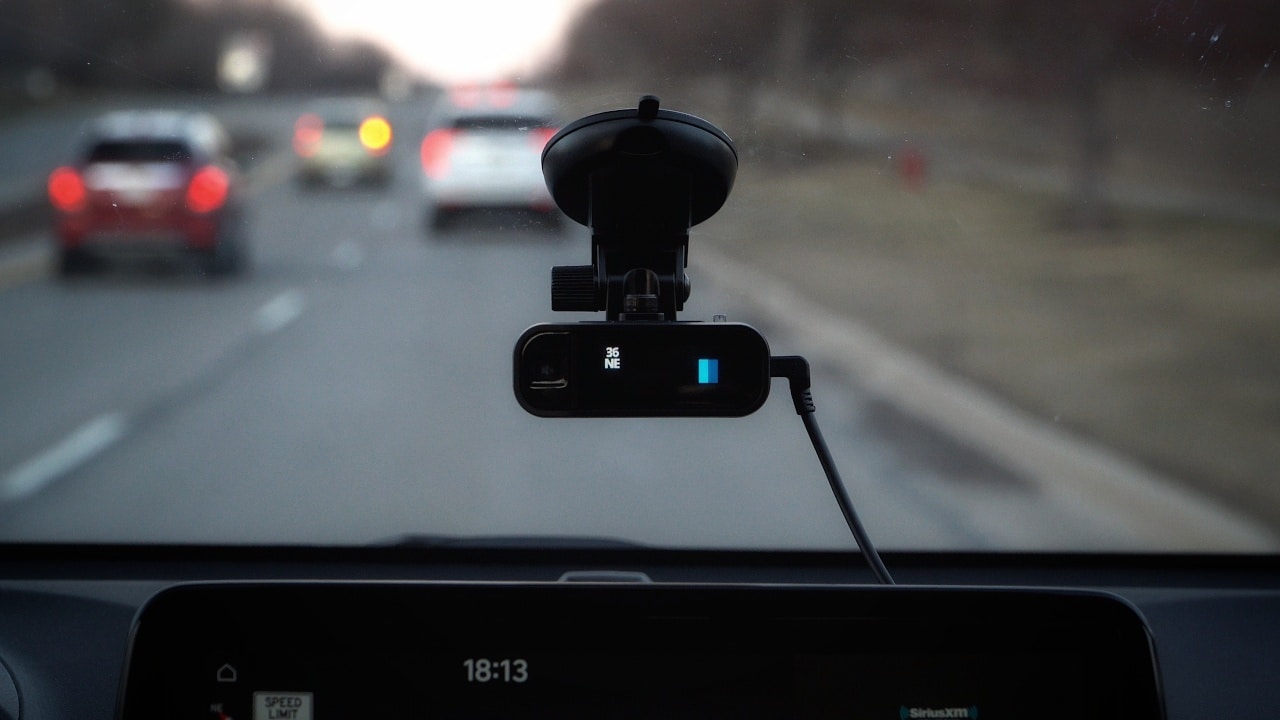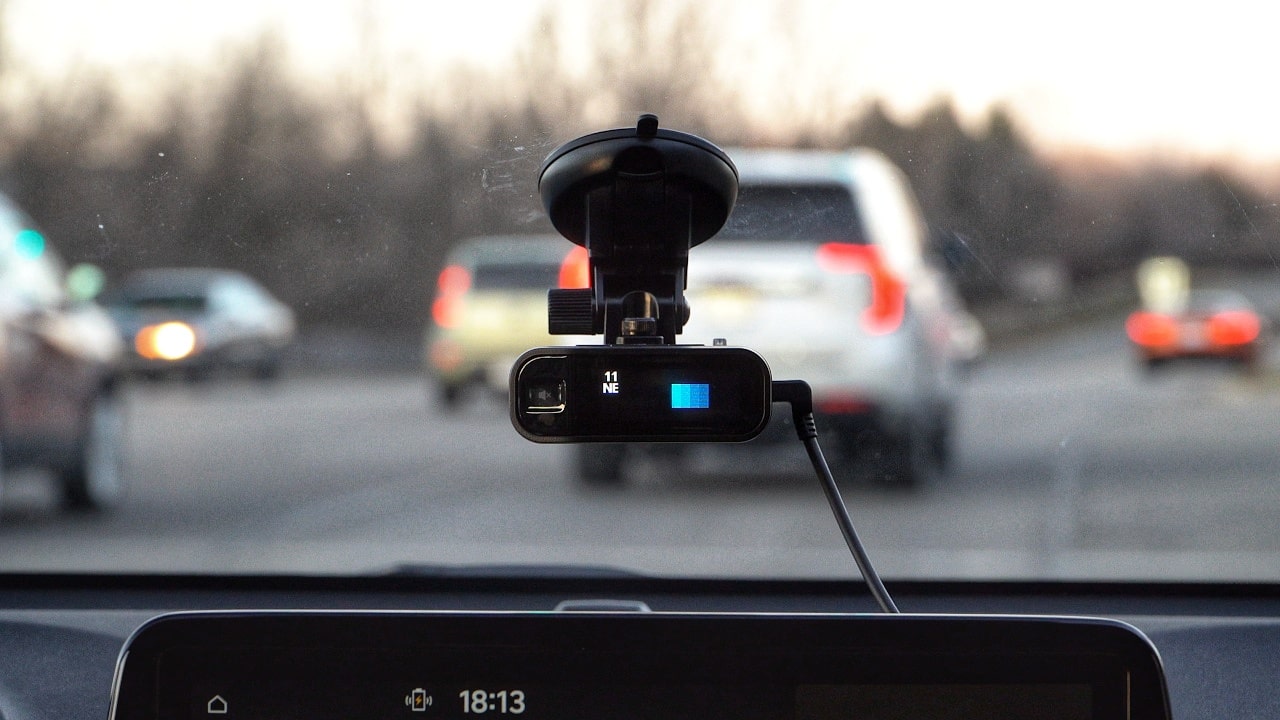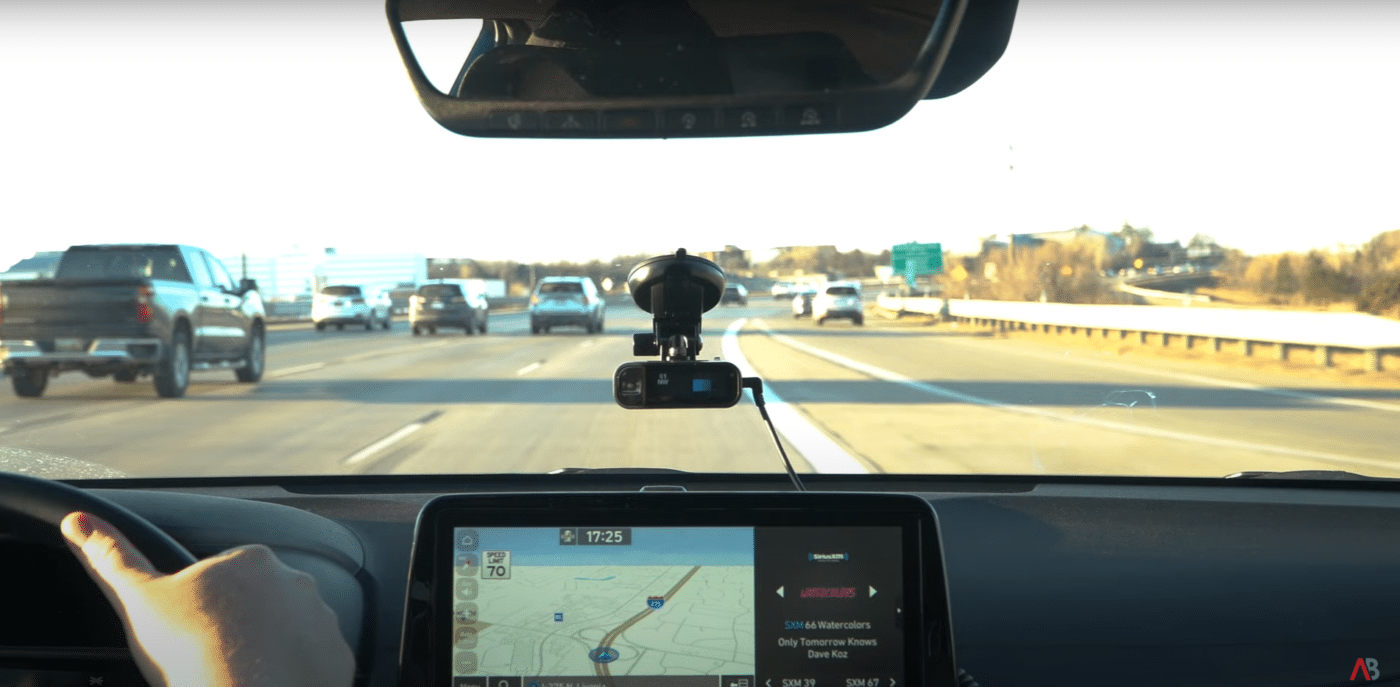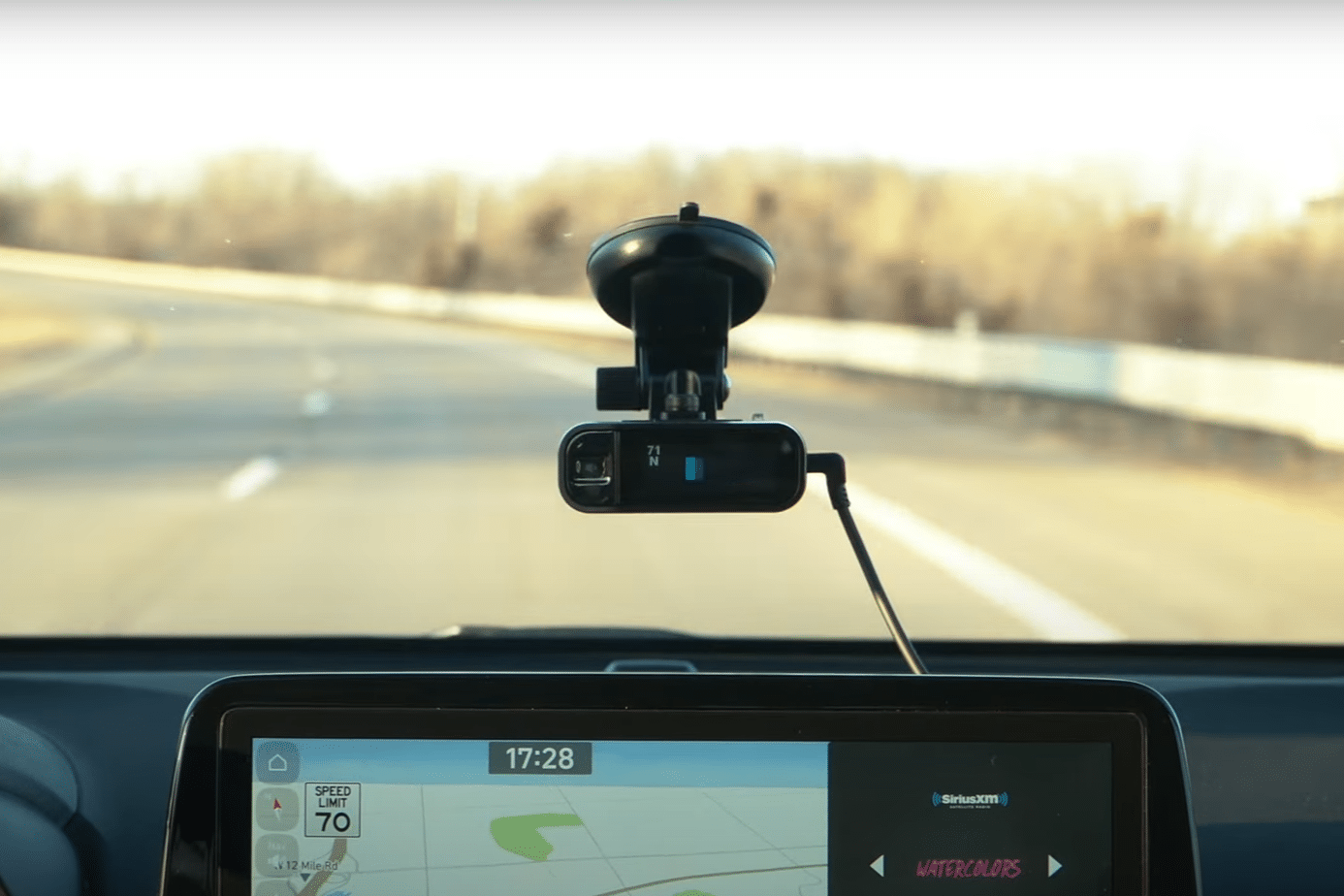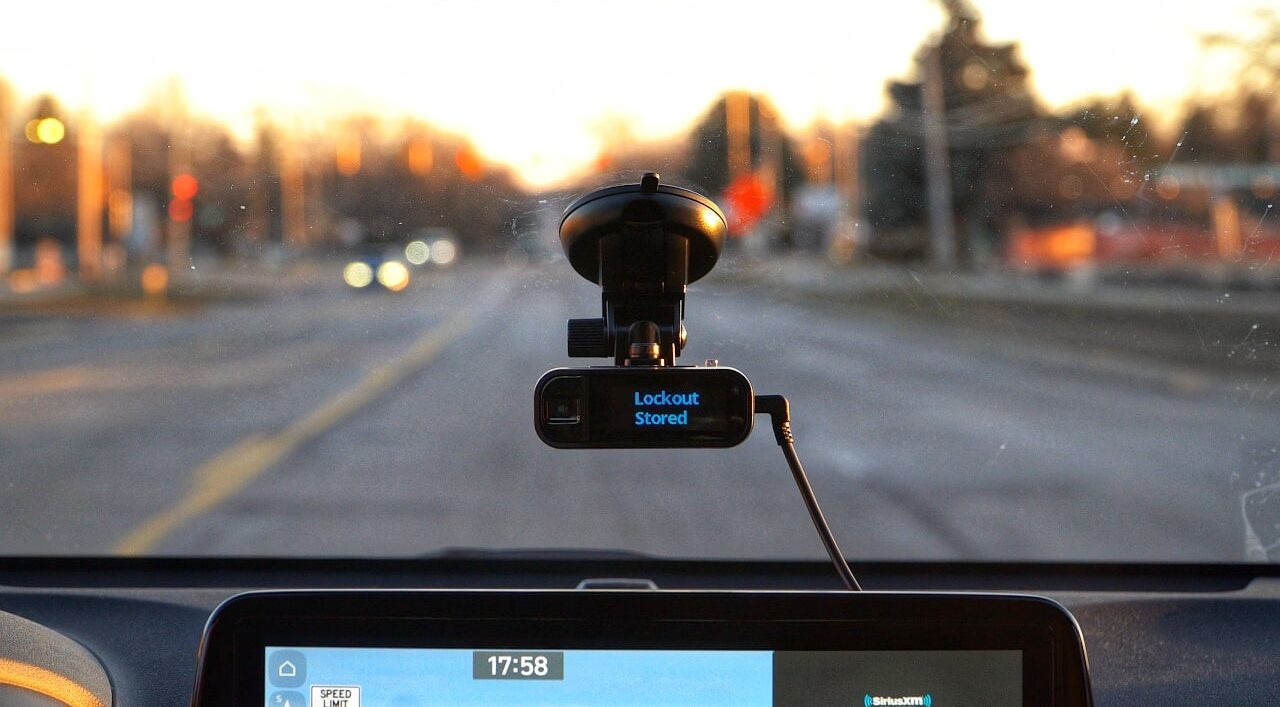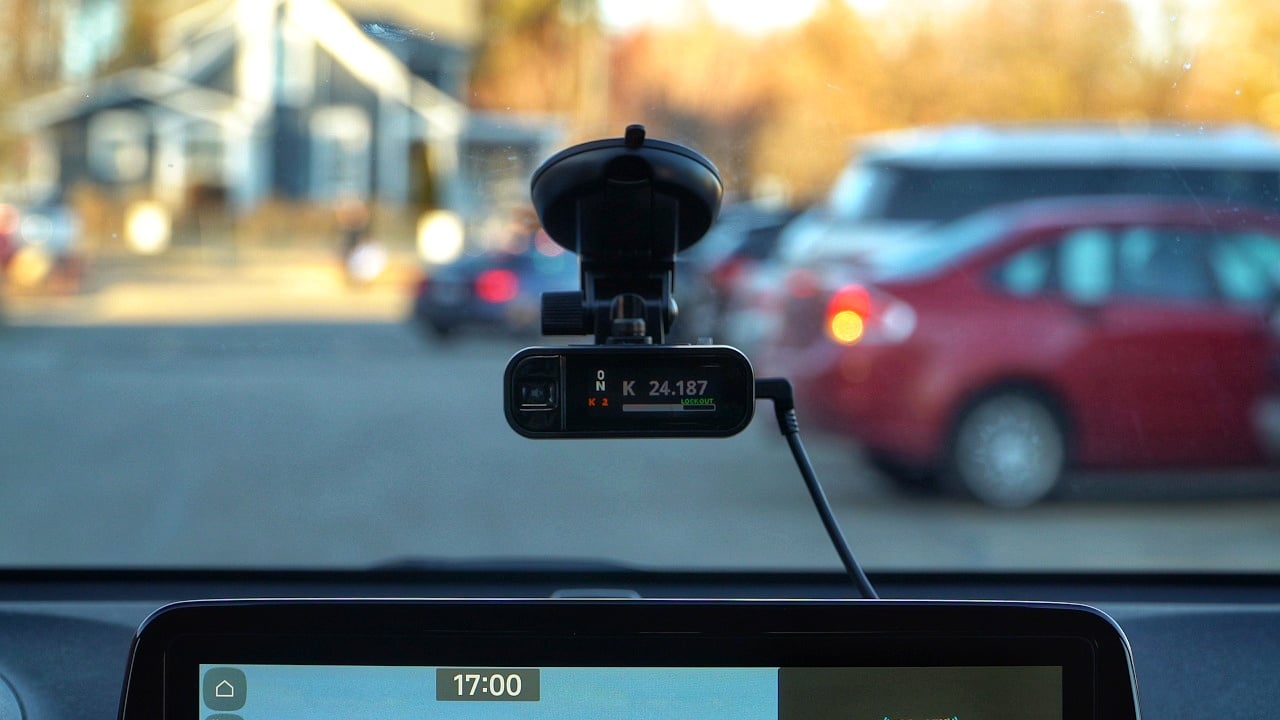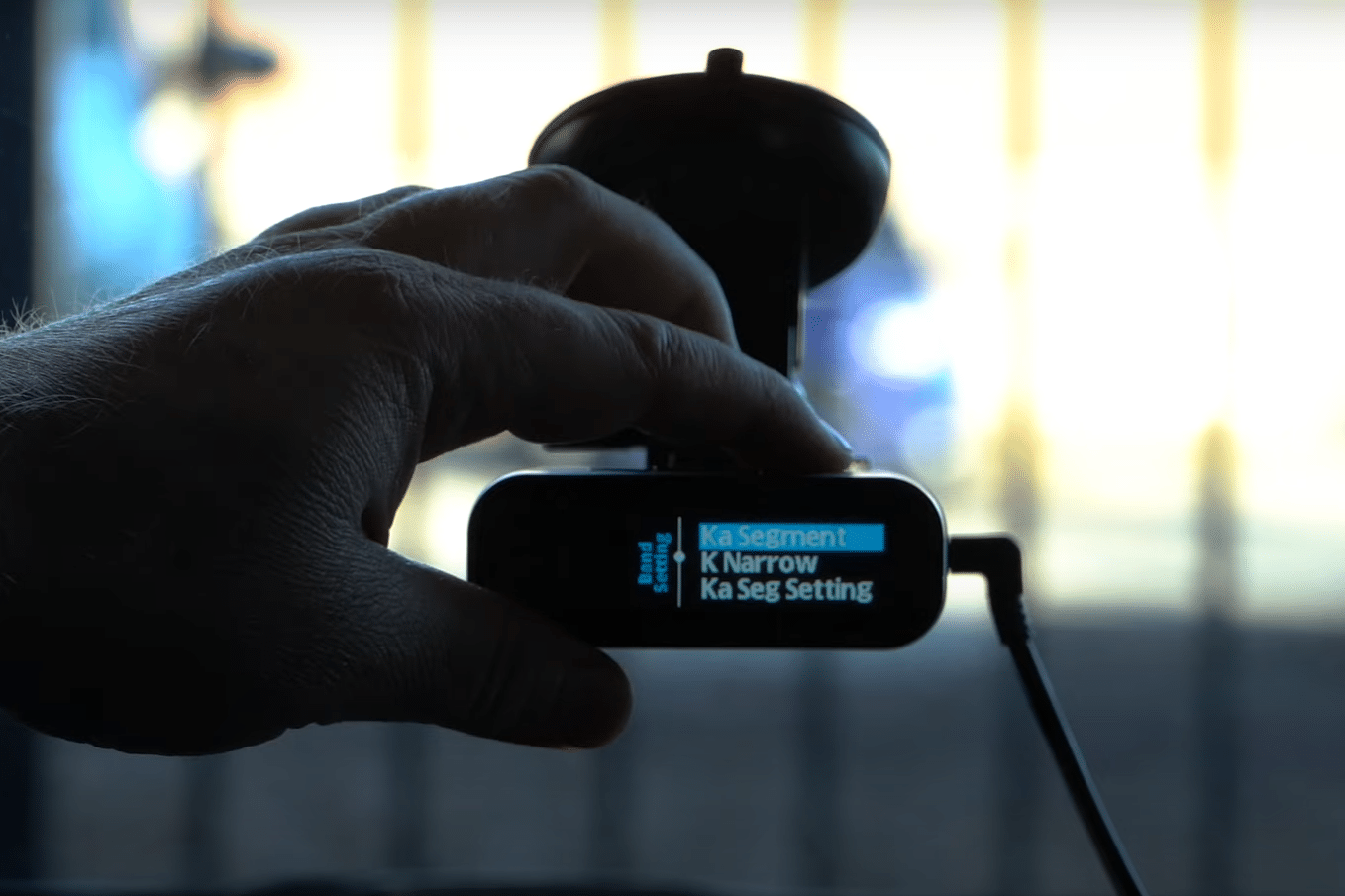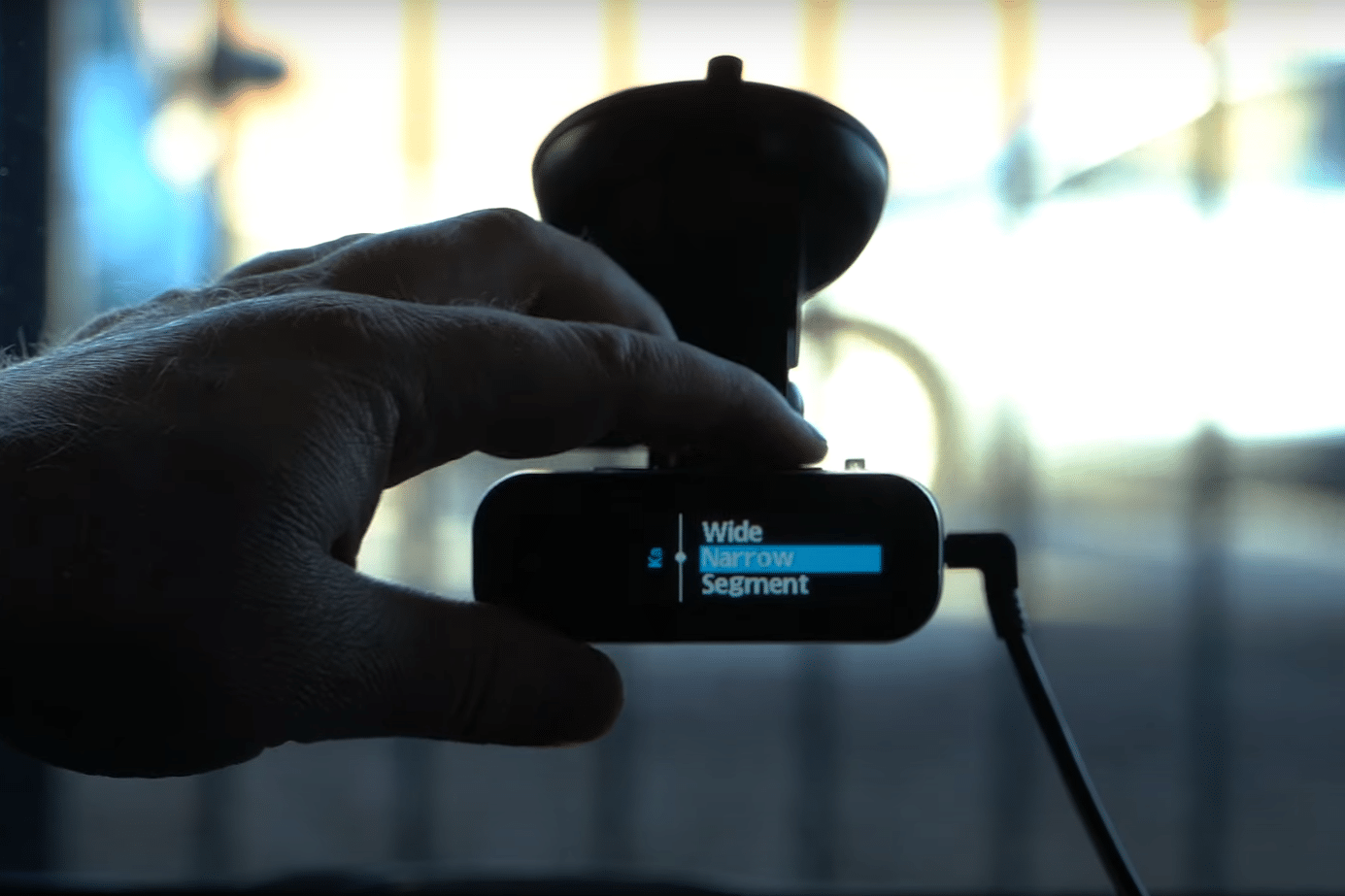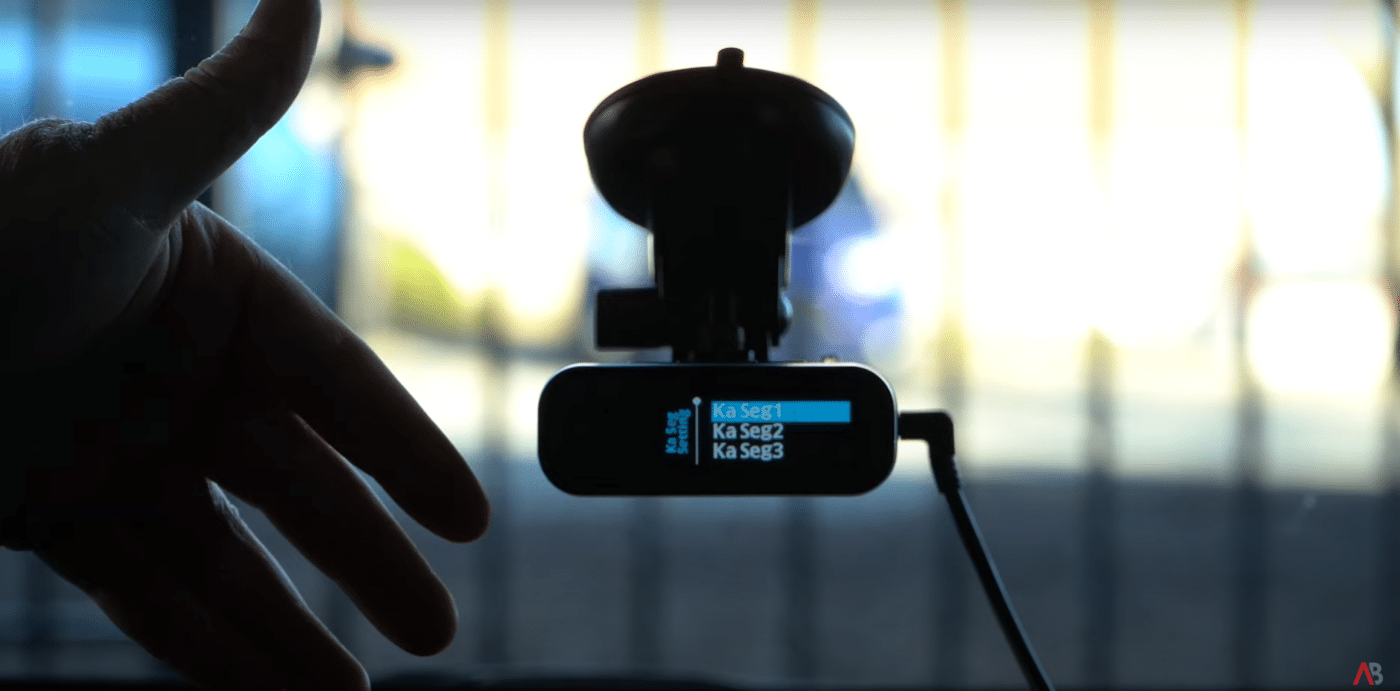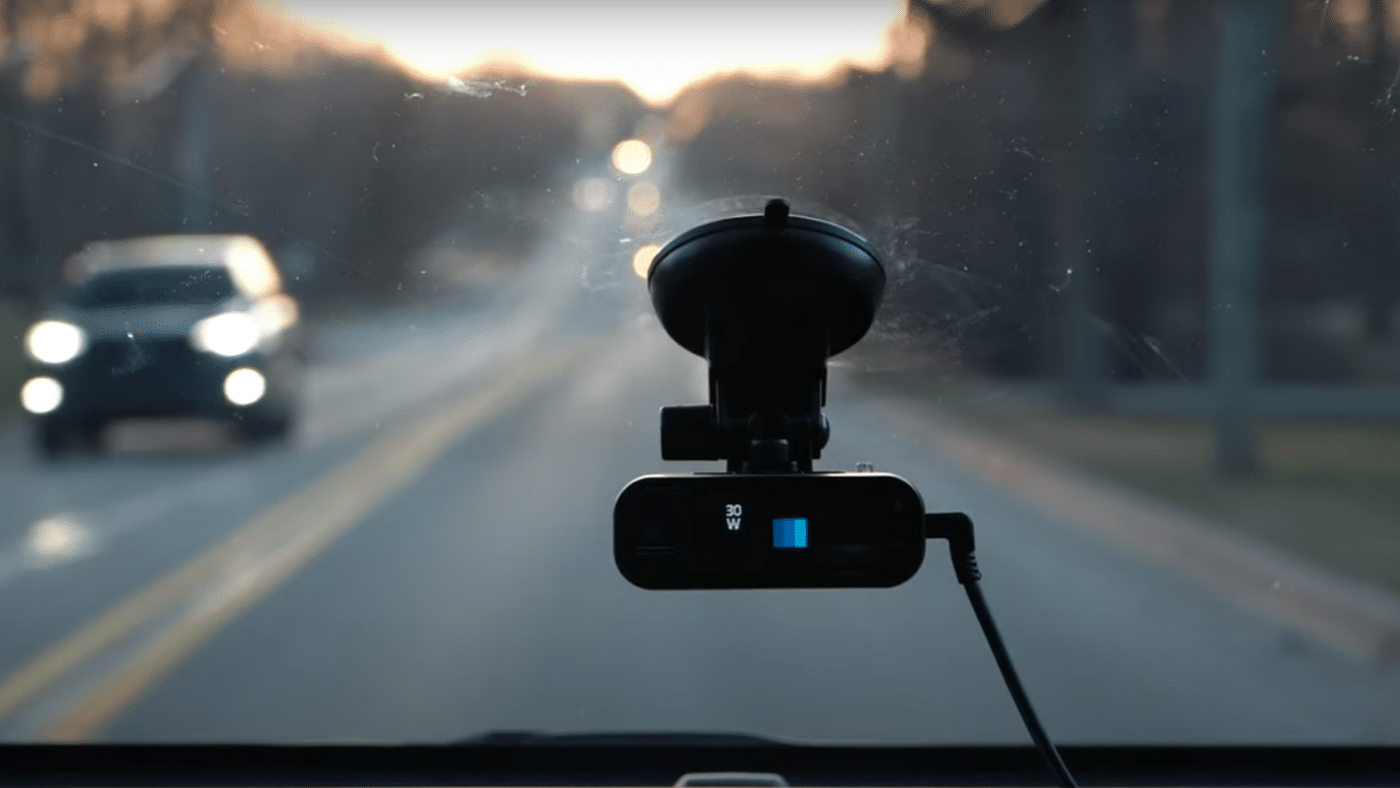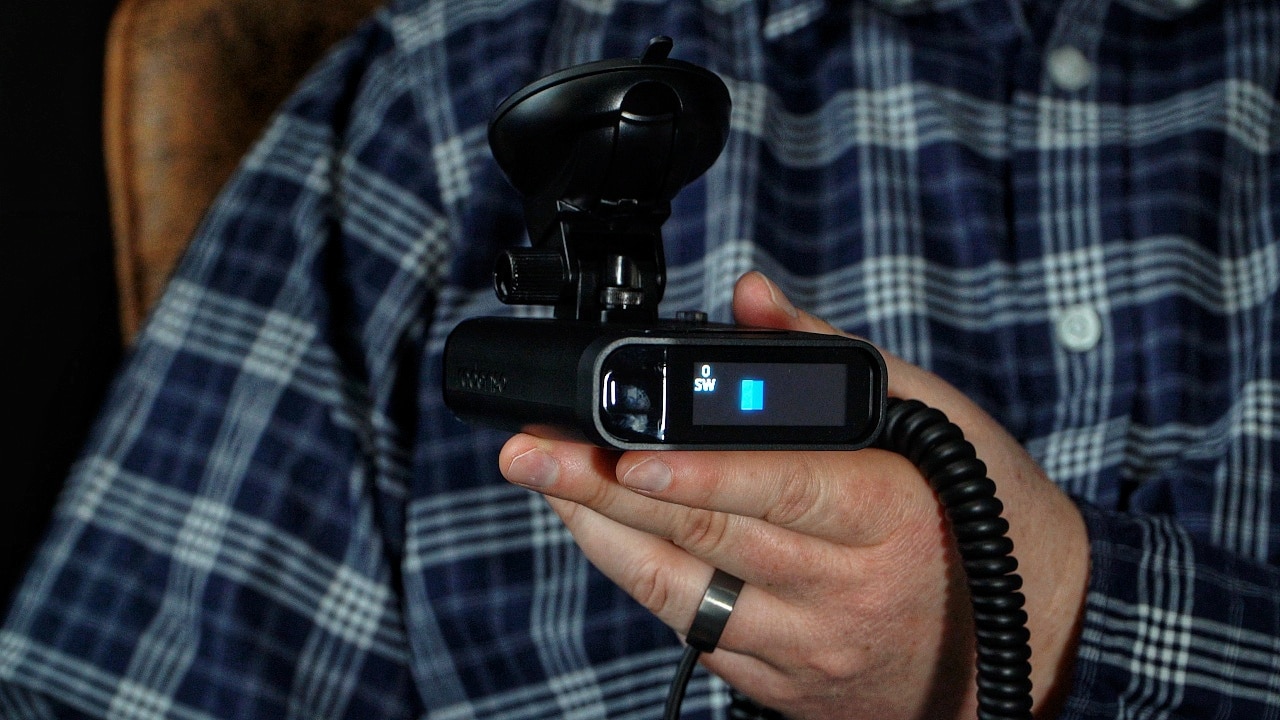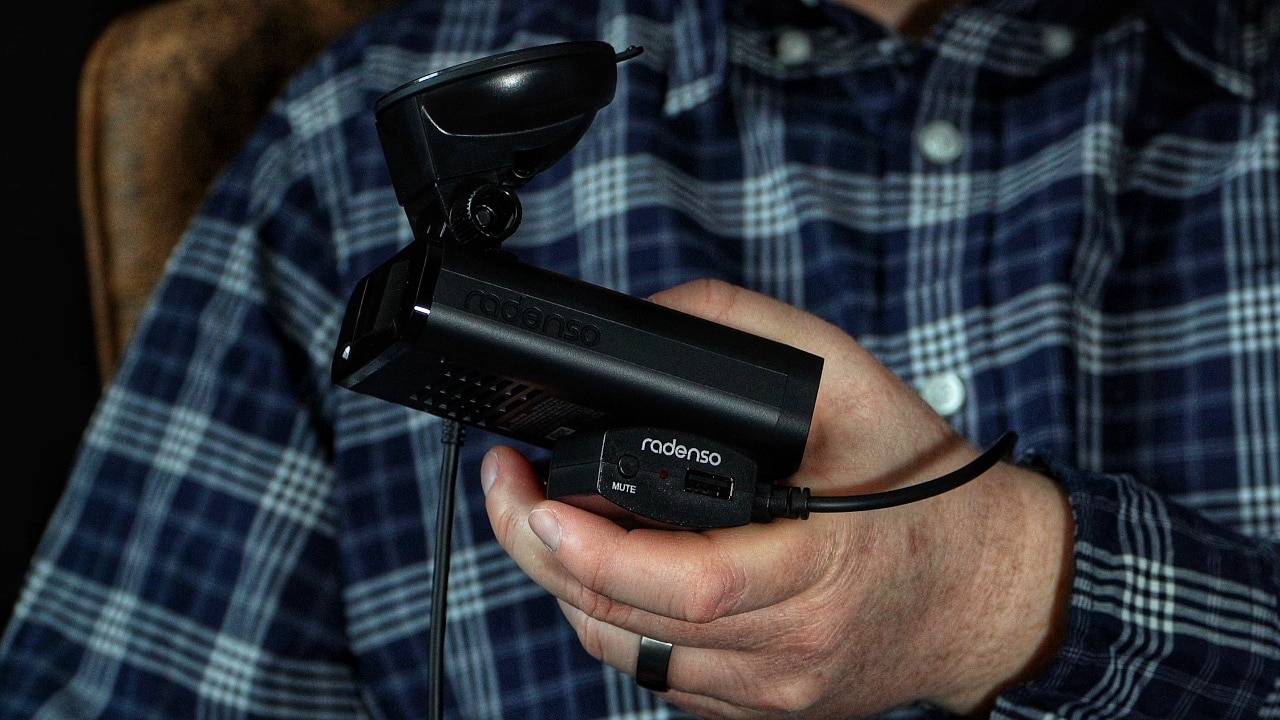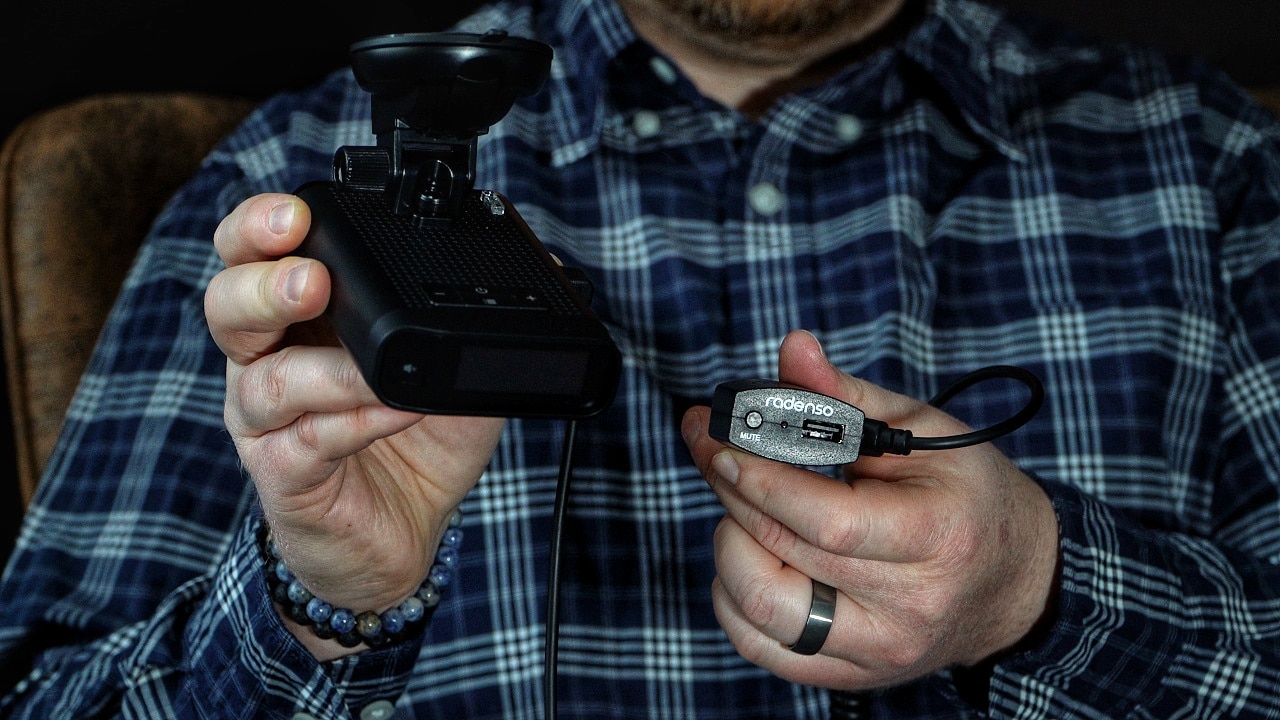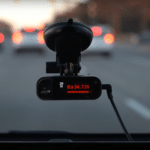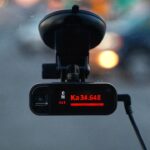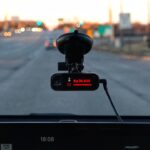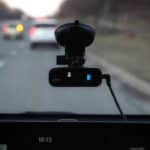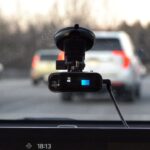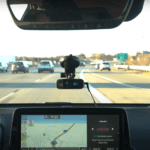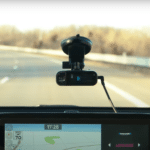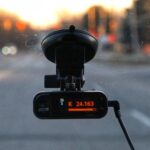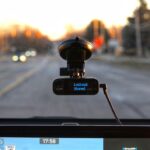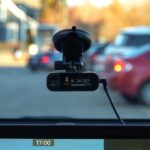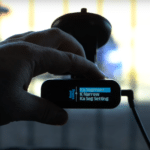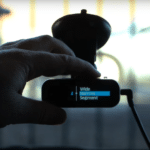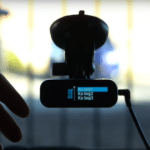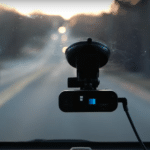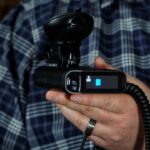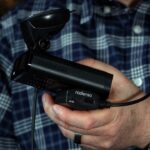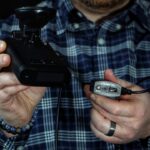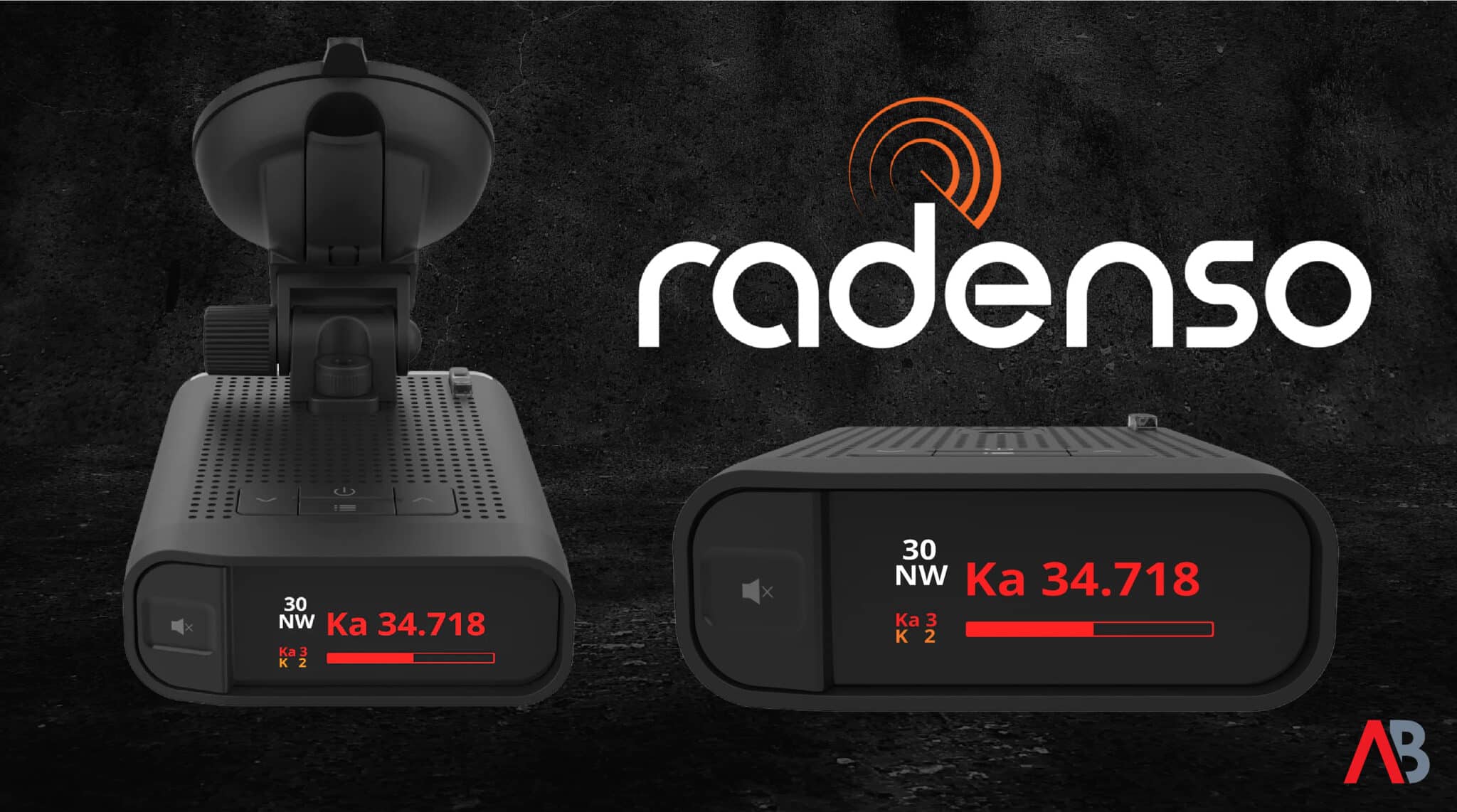Affiliate Disclosure: As an Amazon Associate, Automoblog earns from qualifying purchases. Commissions from Amazon and other affiliate partners come to us at no cost to you when making a purchase via this page. We bought the Radenso DS1 here with our own money. See our Privacy Policy to learn more.
Radenso DS1 Crash Course
- The DS1 prioritizes a simple and streamlined user experience without totally sacrificing performance and reliability.
- Segmentation filters, different colors, and alert tones make the DS1 customizable.
- We experienced more K Band false alerts than expected while driving through the Detroit metro. It’s the biggest drawback of the Radenso DS1, but we are happy overall with our purchase. We still consider it one of the best radar detectors available today.
- If you would like to see the Radenso DS1 in action, take a look at our YouTube video.
Our Review Process for Radar Detectors
Automoblog is a member of the Radar Detector and Countermeasures Forum to ensure truth and accountability when covering radar detectors. Whether we receive a radar detector from a manufacturer to review or purchase it with our own money, there are four main points we consider, listed below. Our primary driving areas with any radar detector include the Detroit metro and the Ohio Turnpike.
Radenso DS1 Review Summary
The Radenso DS1 is a simple and user-friendly radar detector with a multi-color OLED display, auto lockout capability, red light and speed camera alerts, and long-range Ka band detection. One of the best selling points of the Radenso DS1 is how it’s less fancy and flashy than something like the Escort MAX 360c MKII but more reliable and with a higher-quality material construction than something like the Cobra RAD 480i.
Not counting any deals or promotions, the Radenso DS1 usually retails for about $470. In the past, we have seen discounts on the DS1 that bring the retail price down to somewhere between $360 and $400. This retail price might seem high for some radar detector users, considering the DS1 does not have directional arrows like the Uniden R7. For us, the primary concern is the number of K band falses relative to the retail price.
During our review of the Cobra RAD 700i – a unit that goes for about $250 – we found it had better false alert filtering than the Radenso DS1. However, the RAD 700i does not have segmentation filters or the same level of detection range and material construction as the DS1.
Although we wish the K band false alert filtering were better, we are still happy overall with our purchase of the Radenso DS1. If you are also considering getting one, we will cover more details below – including the DS1’s specs and settings menus – to help you make the best decision.
Radenso DS1 In-Depth: What It Offers
The DS1 comes with a magnetic suction cup mount, a USB-C power cable with a built-in USB port for charging a mobile device (2.75 feet long), a carrying case, and an owner’s manual. On the right side of the unit, next to the USB power source, is a 3.5mm headphone jack so motorcycle riders can hear the audible alerts issued by the DS1.
Every DS1 includes a one-year manufacturer warranty, a one-year ticket-free guarantee, and a lifetime updateable firmware and speed camera database. Each radar band alert has eight selectable colors and 10 different tone sounds to pick from, depending on your preferences.
Radar & Laser Protection
The Radenso DS1 will alert you to X, K, and Ka radar bands and laser (LiDAR) guns. Likewise, the DS1 can detect Multaradar CD and CT, often written as MRCD and MRCT for short.
Multaradar usage in speed cameras and other photo enforcement devices is growing in North America. Unlike a standard radar gun, multaradar changes frequency, making it harder to catch, especially for older or bargain basement radar detectors. The default setting is off, but multaradar detection can be switched on via the DS1’s settings menu.
Auto Sensitivity
We are usually wading through stop-and-go traffic here in Detroit, particularly on main thoroughfares like M10, I-696, I-94, and Telegraph Road. You are crawling along one moment, then suddenly back up to highway speeds. We appreciate the DS1’s Auto Sensitivity feature for such occasions. While you can custom adjust the sensitivity of each band (50 to 100 percent) in the settings menu, the DS1’s default “Auto” mode is our preference.
Rather than selecting a City or Highway sensitivity setting, the DS1 is automatically programmed to bounce between the two based on vehicle speed. If your speed exceeds 50 mph, Highway mode kicks in, and for anything under 50 mph, the DS1 defaults to City.
KA Segmentation & Custom Sweeps
KA segmentation is nice because it makes for a more responsive radar detector, albeit with some caveats. With the Radenso DS1, the Ka Wide setting scans between 33.399 and 35.700 GHz. Ka Narrow segmentation, by contrast, doesn’t run the entire wave range of Ka, opting for a more focused (or narrow) scan of the frequencies where police radar is most likely to exist, based on the most common types of radar guns used by law enforcement.
In other words, a radar detector in Ka Narrow segmentation reacts quicker to potential Ka threats because it’s not “looking” at the whole frequency range.
Ka segmentation is fun to play around with, and the DS1 has nine other filtered settings (also known as custom sweeps) besides the standard Ka Wide and Narrow. If you want to experiment with segmentation filters and custom sweeps, Vortex Radar has a super informative guide on the topic.
Also, where you live determines the best Ka segment. You want to avoid accidentally configuring your DS1 in a way that prevents it from alerting you to legitimate threats.
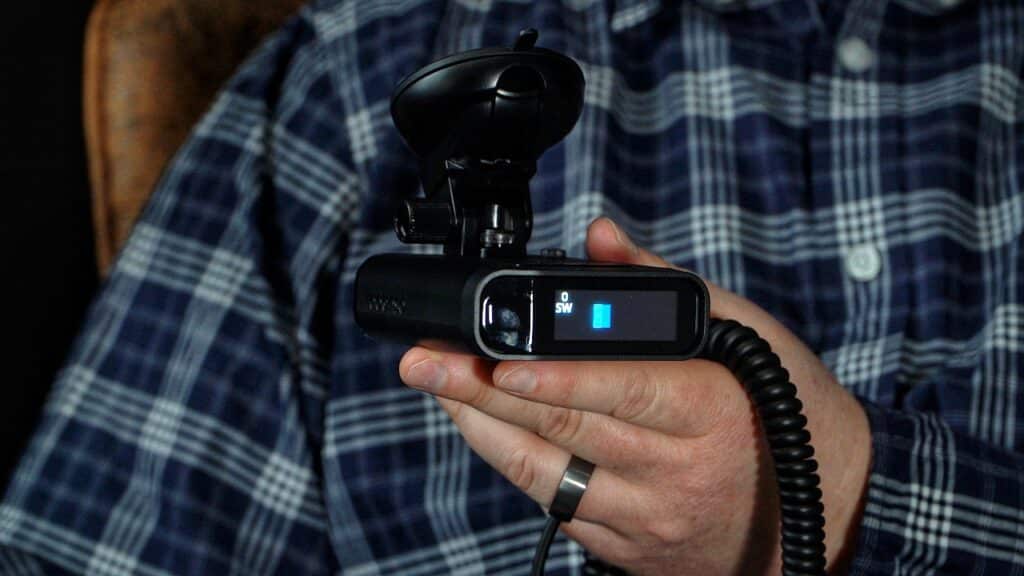
K-Notch Filter
K-Notch filters recognize and shutter radar-based blind-spot monitoring and collision avoidance systems. As most newer vehicles today have these safety features, K-Notch filters prevent your radar detector from falsely alerting to these systems in traffic.
The DS1’s K-Notch filter is off by default but can be activated through the settings menu to mute anything within the typical K-Notch range (24.199 +- 0.005Ghz and 24.121 through 24.124Ghz, according to the DS1’s manual). This setting is listed as “Block All Signals.”
You can have the K-Notch filter block only the weaker signals versus all of them. The ideal setting depends on where you live, similar to Ka segmentation. As members have discussed on the Radar Detector Forum before, a blind-spot monitoring system with a stronger frequency can “punch through,” prompting a false K band alert, hence why you might want the DS1 to block everything.
However, law enforcement in your area might run a K band gun on one of those higher frequencies, and thus, you want to avoid blocking that with the K Notch filter inadvertently.
Every threat we have visually verified in Detroit is a Ka band, minus a smaller community or two in the Downriver area south of Detroit running K band. Knowing Ka is most prevalent where we drive, we are confident having the DS1’s K-Notch filter block all available signals.
OLED & Threat Display
The Radenso DS1 has three display settings: Scan, Time, and Dark. Scan display is a side-to-side moving bar, while the Time display can be set to either a 12-hour or 24-hour clock. A single dot on the bottom right-hand side of the display indicates Dark mode. Optional sub-displays (visible on the upper left) include current speed, compass, and altitude.
The Radenso DS1 will simultaneously show up to three radar bands, prioritizing laser and MRCD, followed by Ka, K, and X. Prioritized threats appear front and center, with the other alerts showing in a smaller font (with an accompanying bogey tone) on the left portion of the OLED display. It’s similar to the All Threat feature of Uniden radar detectors like the R3 and R4.
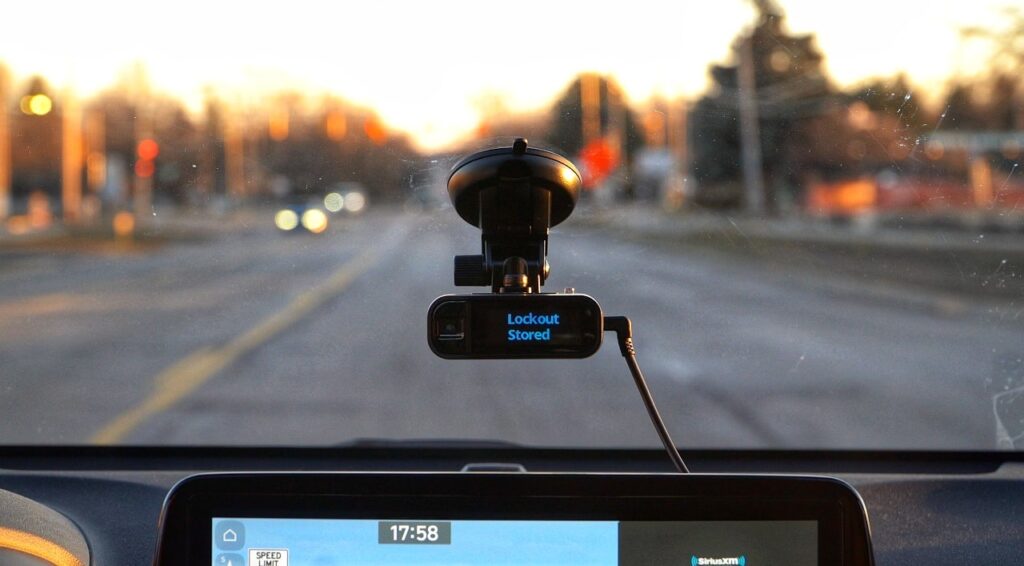
Auto Lockouts & User Points
When the DS1 detects the same false alert signal at an exact location three times, it automatically locks it out. As described in the owner’s manual, once a signal is saved in the Auto Mute Memory (the first counting), the DS1 will not save that same signal for eight hours even though it is detected again, which means it takes at least 16 hours (1st + 2nd + 3rd) to lock a signal out automatically. According to Radenso, the eight-hour interval avoids saving too many signals. The DS1 can store up to 16,500 auto lockouts, which is impressive.
Press the mute button on the USB-C power cable twice to lock out a false alert manually. The first press will mute the alert, while the second will save the location to the DS1’s memory, confirming with a “Lockout Stored” voice prompt. The next time you are within about 1,600 feet of that location, the display will read “Lockout.” The Radenso DS1 can store up to 5,000 manual lockout locations.
You may hear the term “Mark Location” when researching radar detectors and their different features. Radenso calls them “User Points,” which is the same thing. User points and marked locations differ from manual lockouts in how they are for areas where you know legitimate and recurring radar sources are present (speed cameras and traps, for example). You can save up to 500 of these user points with the DS1.
Radenso DS1 vs. Uniden R4
Depending on how prices fluctuate on Amazon, the Uniden R4 and Radenso DS1 may fall within a similar price range.
Our preference, factoring in price and performance, is the Uniden R4 (for a quick summary of the R4, see this video). Both the DS1 and R4 offer exceptional long-range Ka band detection, auto sensitivity modes, multaradar and laser protection, and a colorful display. In that regard, they are equal. False alert filtering, maybe not so much.
Driving past a shopping plaza tends to whip our DS1 into a frenzy of K band false alerts. On the open road, it’s a similar story, as nearly every road construction zone or digital sign will cause the DS1 to false. Based on our experience, the persistent K band false alerts are a sometimes glaring drawback to an otherwise great radar detector.
In our experience, the Uniden R4 is less chatty than the Radenso DS1 when it comes to K band falses.
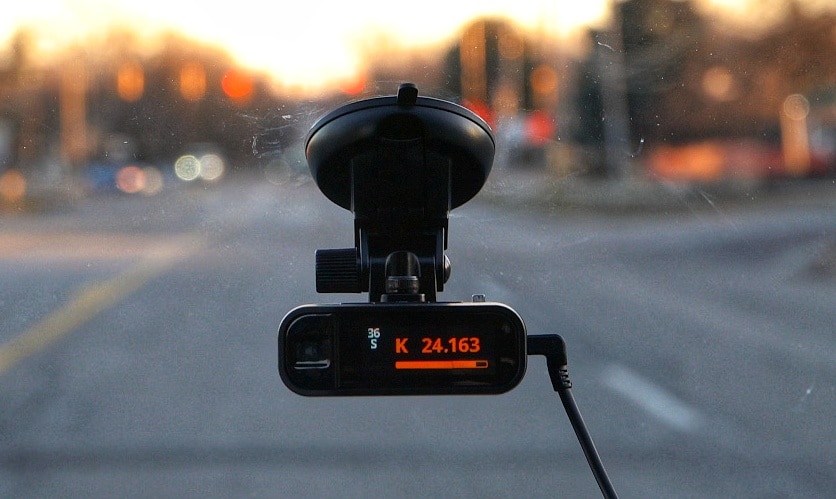
Radenso DS1 vs. Cobra RAD 700i
We mentioned our review of the Cobra RAD 700i near the beginning and how we found it had better false alert filtering. The RAD 700i, released in September 2023, does benefit from the latest advances in digital signal processing technology, which helps mitigate false alerts.
Like all Cobra radar detectors, the RAD 700i is geared towards affordability with its $250 retail price. If a quiet ride is your top priority, the RAD 700i is a preferable option to the DS1, especially given the price point.
However, the Radenso DS1 has segmentation filters, a longer Ka detection range in our experience, and a higher-quality material construction. That said, there are some noticeable benefits that justify the higher retail price of the Radenso DS1.
Is The Radenso DS1 Worth The Money?
Yes, the Radenso DS1 is worth the money, even with our belief that the Uniden R4 and Cobra RAD 700i have better false alert filtering. The robust material construction, straightforward setup and display, and detection range make the Radenso DS1 a winner.
We initially looked at the Pro M after receiving recommendations from two colleagues in the auto industry, one of whom owns a late-model Shelby Mustang. Both of our colleagues swear by the Pro M but approved when we mentioned leaning toward the DS1. We enjoy having the DS1 in our collection of radar detectors, and in the time since writing this review, we have been going through Radenso’s Radar University to learn more about the DS1.
For additional insight, browse the Radar Detector Forum, which has an entire discussion section dedicated to Radenso radar detectors. There are lots of people there (myself included) who can help you with any questions you might have.
Carl Anthony is the Managing Editor of Automoblog and the host of AutoVision News Radio and AutoSens Insights. As a respected automotive industry thought leader, Carl has appeared on numerous podcasts and radio shows, including Wrench Nation, Cars Yeah, The Car Doctor, and Brains Byte Back, in addition to appearing as a regular contributor on MotorMouth Radio on WHPC 90.3 FM. His work can also be seen and heard 24/7 on the Automoblog YouTube channel.
Best Radar Detectors FAQ
Are Radar Detectors Legal?
Using a radar detector in a privately owned passenger vehicle is legal in the U.S., with the exception of Virginia and Washington D.C. Radar detectors are illegal in commercial vehicles. See this guide to radar detector laws for all 50 U.S. states if you have additional questions.
How Do Radar Detectors Work?
While proprietary technology can differ between each radar detector manufacturer, think of a standard radar detector in terms of receiving and deciphering.
Every radar detector has a “horn” or antenna (sometimes more than one) and an internal microprocessor. The antenna picks up or receives the police radar gun, and the microprocessor deciphers it, ultimately showing on the display screen important info like signal strength and band type.
Radar detector manufacturers build on that basic principle with their own hardware and software to achieve increased detection range with fewer false alerts.
Will My Radar Detector Alert to Laser Guns?
Yes, all radar detectors will alert to police laser guns, meaning your radar detector is also a laser detector by default.
Some radar detectors are compatible with an accessory called laser shifters, but those are different from laser jammers, which are illegal in some states. Police laser guns use a technology called lidar, which stands for light detection and ranging.
What Is The Best Radar Detector For Me?
The best radar detector for you will depend on where and how you drive and how much you want to spend.
If you love having the latest and greatest gadgets, you might enjoy the features a high-end unit will provide. By contrast, if you only need a gentle reminder of police radar in the area, you can find something more basic but still of good quality.
I Saw a Police Car, Why Didn’t My Radar Detector Alert?
Sometimes, a patrol car will have its radar gun off, meaning there is nothing for the radar detector to alert to. Traffic officers also use an enforcement strategy called “Instant-On” radar, where they only use their radar gun at certain times (think like the storied image of the officer on the motorcycle hiding behind the billboard).
If this happens, traffic officers will only target one vehicle at a time. Most high-quality radar detectors will alert to Instant-On radar with plenty of advanced notice, although it’s still possible to get a ticket via Instant-On if you are not careful.
Photos: Alex Hartman.

